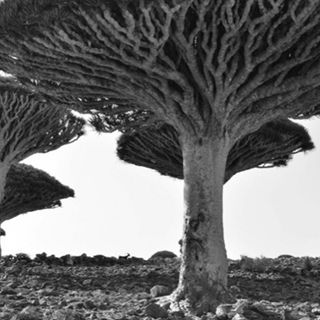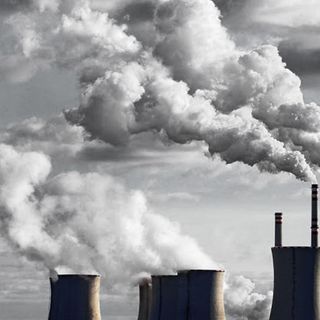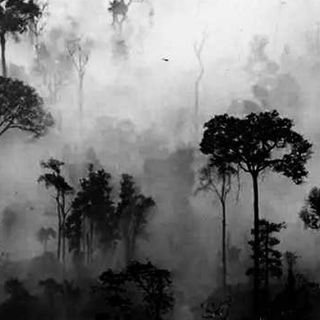110 light-years away from Earth and twice as large, planet K2-18b is “the best candidate for habitability,” according to Angelos Tsiaras, an astronomer at University College London. Tsiaras is the lead researcher of one of two teams that recently announced their independent discoveries of water vapor in K2-18b’s atmosphere, according to Scientific American.
“This is the only planet right now that we know outside the solar system that has the correct temperature to support water, that has an atmosphere and that has water in it,” Tsiaras told Scientific American.
Related on The Swaddle:
Humans May Have Already Committed the First Crime in Space
Tsiaras and team used data from NASA’s Hubble Space Telescope, which they then ran through sophisticated computer models to determine the presence of water vapor — possibly clouds and rain, too — which could make up anywhere from 0.01% to 50% of K2-18b’s atmosphere, they say. Their findings were published this week in the journal Nature Astronomy.
Prior to this, K2-18b, discovered in 2015 and located in the constellation Leo, was known to be in the “Goldilock’s zone,” orbiting around a red dwarf star about half the size of our Sun at a distance that made the presence of water likely. The temperature on the planet is thought to be roughly 10 degrees Celsius (50 degrees Fahrenheit), according to The Guardian, but that relatively balmy temperature doesn’t mean K2-18b is conducive to human life. With roughly eight times the density of Earth — and thus, eight times the gravity — an average human on K2-18b would weigh 1 ton. And astronomers are uncertain whether the planet has a hard surface, or whether it is covered in water. Which means while promising for future exploration, “It’s maybe not quite your vacation destination just yet,” Ingo Waldmann, a researcher on Tsiaras’ team, told The Guardian.




